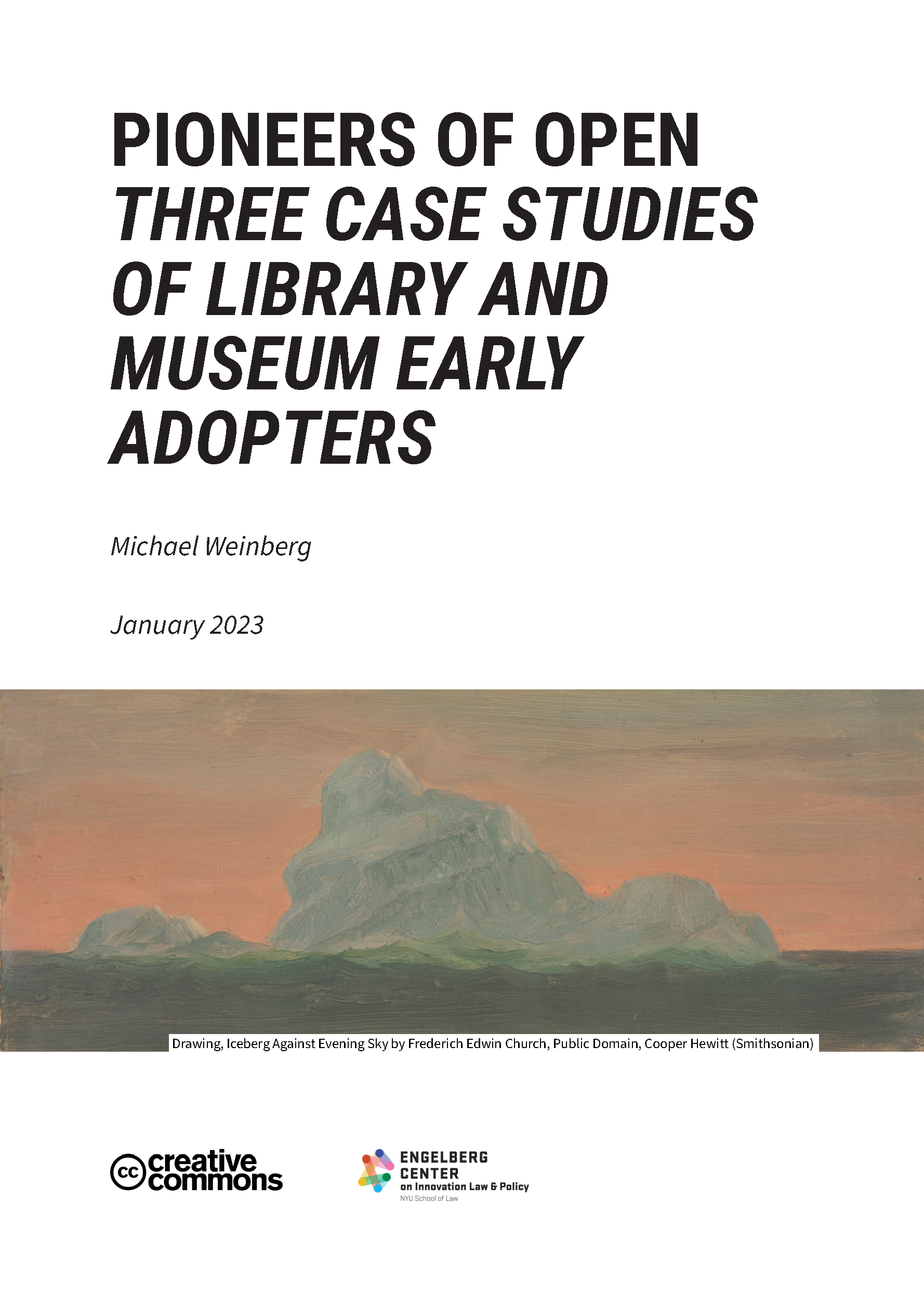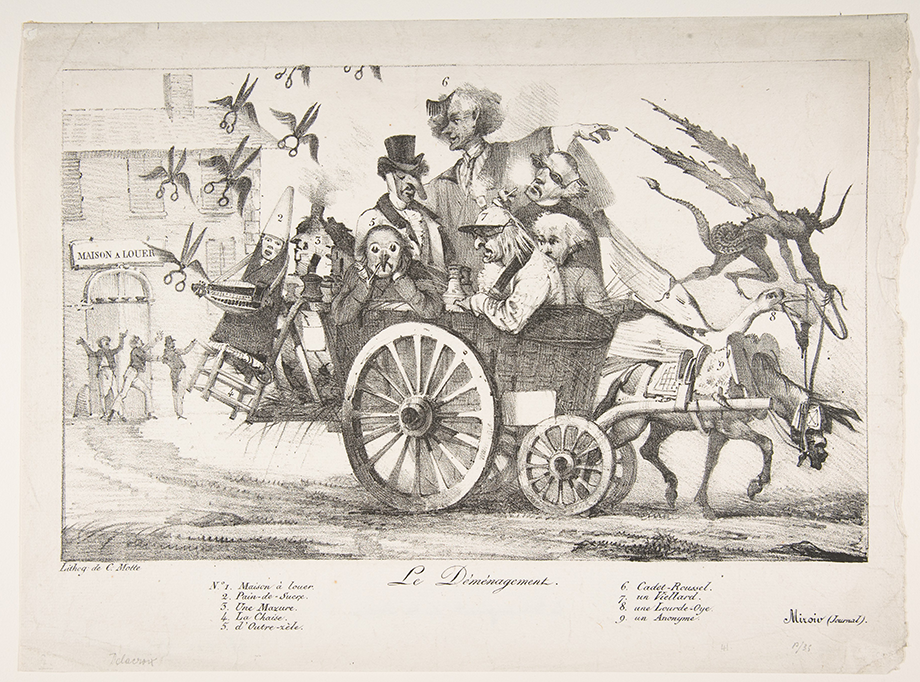Recently I read two blog posts about the intersection of Section 230 and generative AI, specifically LLMs. While they are both interesting, I think they skip over a potentially limiting constraint on the importance of these questions: the blast radius of any specific piece of AI generated content on a website. Specifically, it seems plausible that blast radius - or damaging reach of the piece of content - may be fairly limited, which would reduce the likelihood that 230 protections end up being super relevant.*
Read More...Pioneers of Open Access Report
Earlier this month the Engelberg Center and Creative Commons released a report on GLAM institutions who were early to adopt open access policies. This post originally ran on the Creative Commons site. The paper hosted here is the same paper as hosted there. The only difference is that I simplified the file name from the original “Final-Pioneers-of-Open-Three-Case-Studies.pdf-correctedByPAVE.pdf” because, well.
Read More...I’m Not Sure That (If?) GitHub Copilot is a Problem
Last week a new Github Copilot investigation website created by Matthew Butterick brought the conversation about GitHub’s Copilot project back to the front of mind for many people, myself included. Copilot, a tool trained on public code that is designed to auto-suggest code to programmers, has been greeted by excitement, curiosity, skepticism, and concern since it was announced.
Read More...Lincoln Hand Shifter Knob
Printables, Honda, Platforms, and Nastygrams
Last week the 3D printing platform Printables removed an unknown number of models from their platform. This action was apparently in response to a letter Printables received from Honda claiming that user models infringed on various rights. Based on the discussion of the action in the Printables forum, it appears that at least some of Honda’s claims may have been related to the use of Honda’s trademarks in either model geometry or model descriptions.
Read More...





